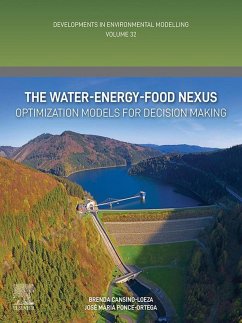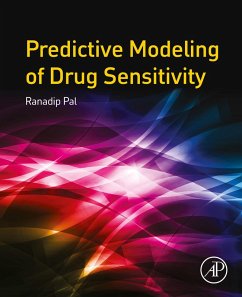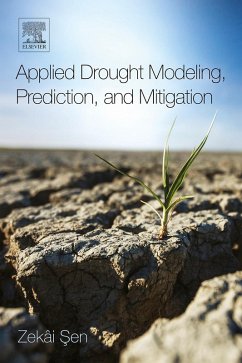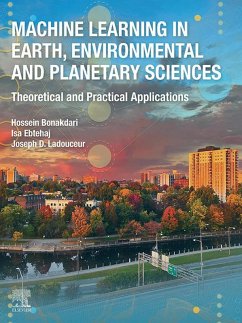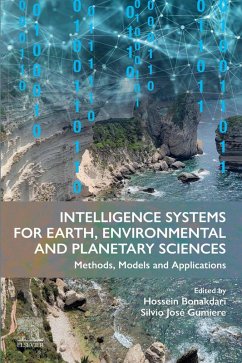
Time and Methods in Environmental Interfaces Modelling (eBook, ePUB)
Personal Insights
Versandkostenfrei!
Sofort per Download lieferbar
71,95 €
inkl. MwSt.
Weitere Ausgaben:

PAYBACK Punkte
36 °P sammeln!
Time and Methods in Environmental Interfaces Modelling: Personal Insights considers the use of time in environmental interfaces modeling and introduce new methods, from the global scale (e.g. climate modeling) to the micro scale (e.g. cell and nanotubes modeling), which primarily arise from the personal research insights of the authors. As the field of environmental science requires the application of new fundamental approaches that can lead to a better understanding of environmental phenomena, this book helps necessitate new approaches in modeling, including category theory, that follow new a...
Time and Methods in Environmental Interfaces Modelling: Personal Insights considers the use of time in environmental interfaces modeling and introduce new methods, from the global scale (e.g. climate modeling) to the micro scale (e.g. cell and nanotubes modeling), which primarily arise from the personal research insights of the authors. As the field of environmental science requires the application of new fundamental approaches that can lead to a better understanding of environmental phenomena, this book helps necessitate new approaches in modeling, including category theory, that follow new achievements in physics, mathematics, biology, and chemistry. - Includes the use of new mathematical tools, such as category theory, mathematical theory of general systems and formal concept analysis, matrix theory tools, stability analysis, and pseudospectra - Presents new content related to time in relation to physics and biology - Combines the word of an experienced author team with over 35 papers of collective experience
Dieser Download kann aus rechtlichen Gründen nur mit Rechnungsadresse in A, B, BG, CY, CZ, D, DK, EW, E, FIN, F, GR, HR, H, IRL, I, LT, L, LR, M, NL, PL, P, R, S, SLO, SK ausgeliefert werden.




